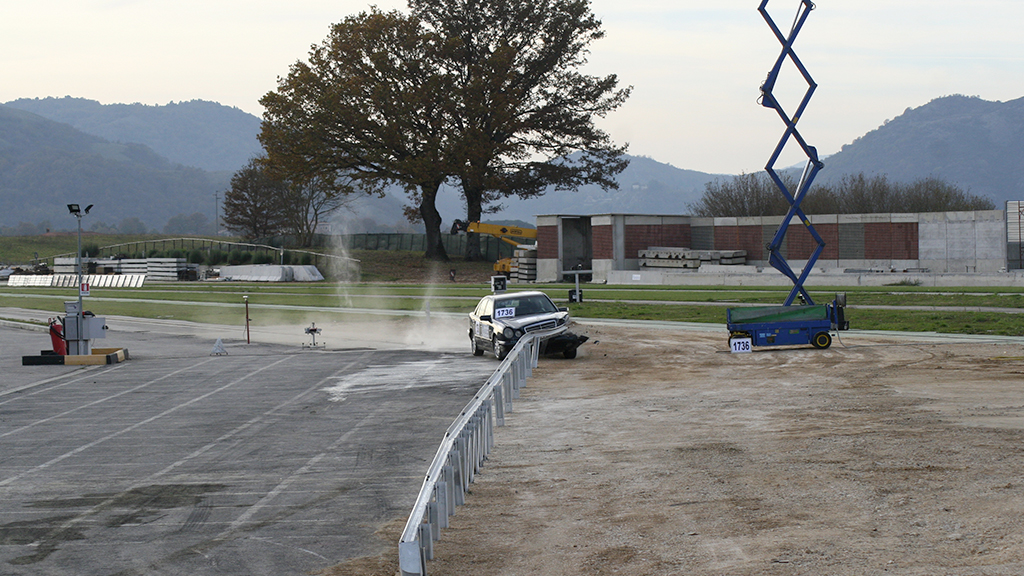About Us
IntOroadS – International Organization for Roads Safety – born from collaboration between AISICO and Politecnico di Milano, in the person og Eng. Marco Anghileri, as a non-profit organization, is interested in improving the safety of transportation infrastructure through studies and research aimed at setting ever-higher safety standards for the elements that will be used on the roads of the future.
The mission of IntOroadS is to improve the safety of transportation infrastructure through studies and research aimed at defining increasingly high safety standards for equipment to be used on the roads of the future. To achieve its purpose, IntOroadS aims to work in synergy with all parties in the road sector, first of all to highlight the need to make standards current with respect to the evolution of the automotive sector and with respect to the different criteria that regulate road mobility today and, consequently, to carry out a series of studies and research to evaluate subsequent proposals for changes.
IntOroadS aims to disseminate on the European market road safety products with high level and continuously improving performances implemented by policies whose aim is to protect excellence thanks to: technical regulations, research activities, awareness campaigns.

“The influence of light vehicle models in the determination of accelerometric indices.”
Can the criteria dictated by EN 1317 for vehicle occupant safety assessment, defined in 1998, still be considered representative and in line with the evolution of vehicles and the safety criteria adopted by the automotive industry?
By conducting about 20 specific crash tests on vehicles put on the market in the past 30 years and reviewing data from more than 100 crash tests, IntorOadS is conducting a study to evaluate the influence of the vehicle in the parameters provided by the standard and the definition of possible alternative parameters that are shown to be independent of the mechanical characteristics of the vehicles.
“The characteristics of vehicles to be crashed in line with current European traffic.”
Are the vehicle characteristics provided by EN 1317 for crash testing actually representative of the traffic on European roads today?
With the available data on vehicles on the road in Europe, IntOroadS is conducting a study to analyze the characteristics of European traffic to understand whether the vehicles in EN 1317 are indeed representative or whether it might not be appropriate to evaluate the behavior of the barrier for impacts with different vehicles as well.
“The crash test scenarios provided by EN 1317”
Would a vehicle that were to impact a barrier with a lower energy than required by EN 1317 but, for example, at a greater angle, be contained by the barrier? Are barriers designed only to withstand impacts at the angles provided in the standard, or can they provide acceptable performance even for impacts of lower energy but with greater angles?
From examining hundreds of crash tests and with the help of a virtual crash test campaign after calibration of real tests, IntOroadS is analyzing the behavior of barriers put on the market in the past 30 years with different but still representative test scenarios.